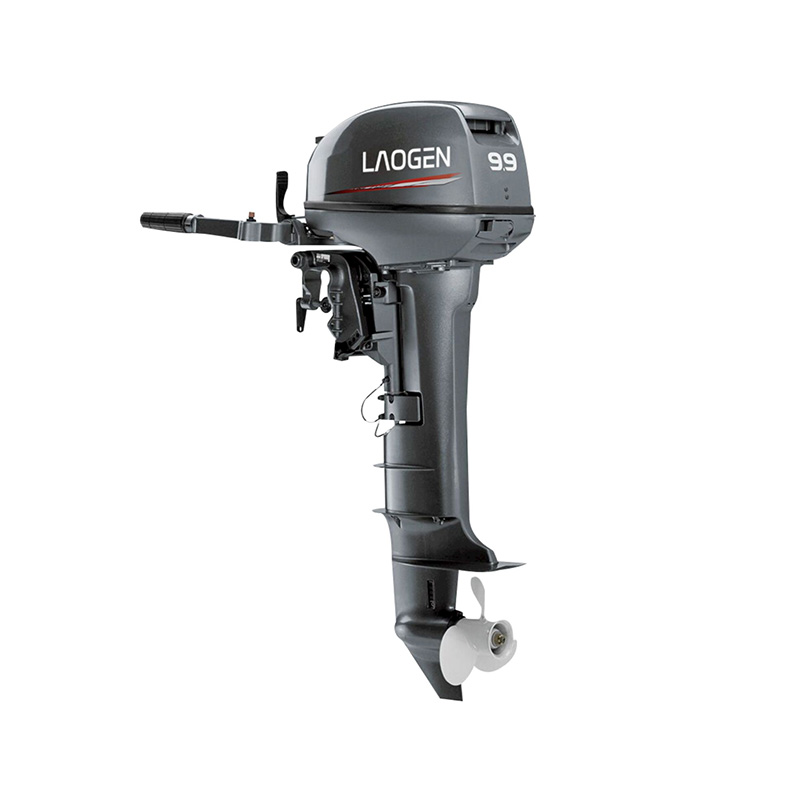Exploring Outboard Motor Components And Engine Dynamics
The outboard motors stand as the driving force behind waterborne adventures. These mechanical marvels consist of intricate components working in harmony to deliver reliable and efficient performance on the open seas. This article delves into the essential components of outboard motors and the intricate workings of their engines, shedding light on the engineering brilliance that propels boats and vessels through the water.
An outboard motor is a complex assembly of various components, each playing a vital role in its overall functionality. One of the core elements is the powerhead, housing the engine's combustion chamber. The powerhead serves as the epicenter of the motor, where fuel is ignited, and the energy generated is transformed into propulsive force.
Connected to the powerhead is the gearbox, a critical component responsible for converting the high-speed rotation of the engine into the slower, high-torque rotation required to turn the propeller. The gearbox incorporates a series of gears and a shaft, showcasing engineering precision to ensure ideal power transfer.
Fuel systems, including the carburetor or fuel injection system, manage the delivery of fuel to the engine. This ensures a controlled combustion process, optimizing fuel efficiency and performance. The ignition system, composed of spark plugs and an ignition coil, ignites the fuel-air mixture in the combustion chamber, propelling the piston and initiating the power cycle.
The cooling system prevents the engine from overheating during operation. Typically, an outboard motor employs a water pump to circulate water through the engine, dissipating heat and maintaining an ideal operating temperature. This meticulous cooling process is crucial for preventing damage to engine components.
Tied to the powerhead is the lower unit, encompassing the gearbox and propeller. The lower unit's housing protects the gears and shafts while providing an attachment point for the outboard motor to the boat. It also houses the propeller, a fundamental component responsible for generating thrust by propelling water in the opposite direction.
The heart of an outboard motor lies in its engine, a sophisticated assembly of mechanical components that converts fuel into mechanical energy. The engine's power cycle begins with the intake stroke, where the piston moves downward, drawing in a mixture of fuel and air. The compression stroke follows, compressing the fuel-air mixture within the combustion chamber.
Ignition sparks initiate the power stroke, causing the rapid expansion of the compressed mixture. This forces the piston downward with significant force, creating rotational motion in the engine. The exhaust stroke completes the cycle, expelling the spent gases from the combustion chamber to prepare for the next intake stroke.
The engine's crankshaft converts the reciprocating motion of the pistons into rotational motion, transmitting power to the gearbox and, ultimately, to the propeller. The camshaft, often synchronized with the crankshaft, controls the opening and closing of the engine's valves, regulating the flow of fuel and air.
Efficient combustion is achieved through precise timing and coordination of these components, emphasizing the synergy required for ideal engine performance. Modern outboard motors often incorporate advanced technologies such as electronic fuel injection (EFI) and electronic ignition systems, enhancing fuel efficiency and responsiveness.
In conclusion, outboard motor components and engines represent a triumph of engineering ingenuity, showcasing meticulous design and functionality. From the powerhead to the gearbox, and from the fuel system to the propeller, each component plays a crucial role in propelling boats across the water. The marriage of these components forms a dynamic system that powers marine adventures, illustrating the fascinating interplay of technology and nature on the open seas.


 English
English русский
русский











